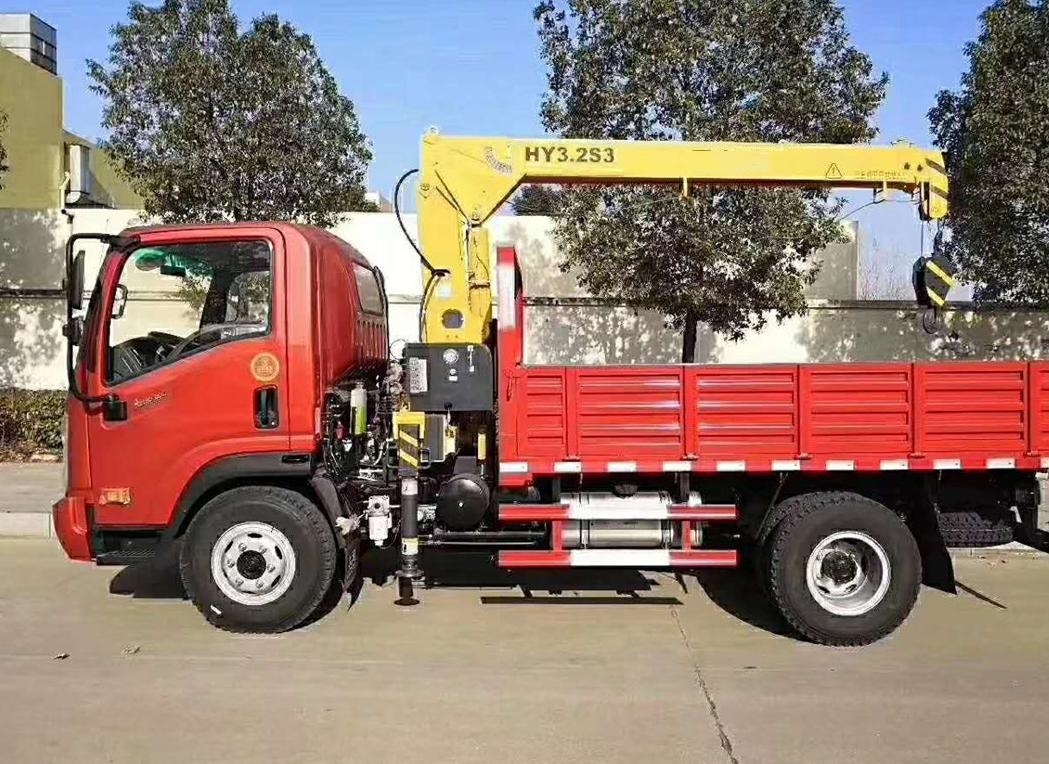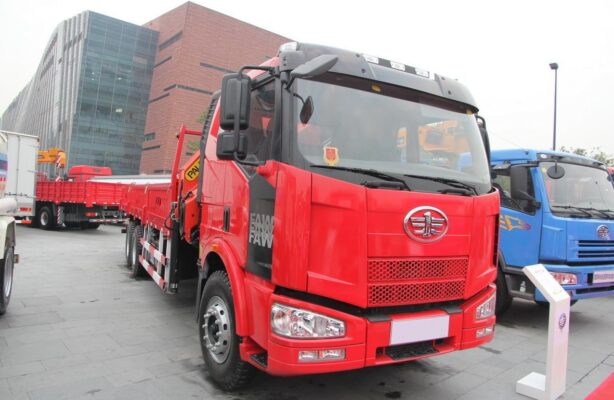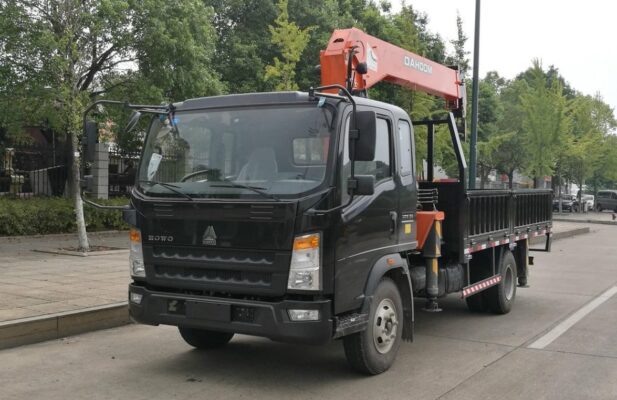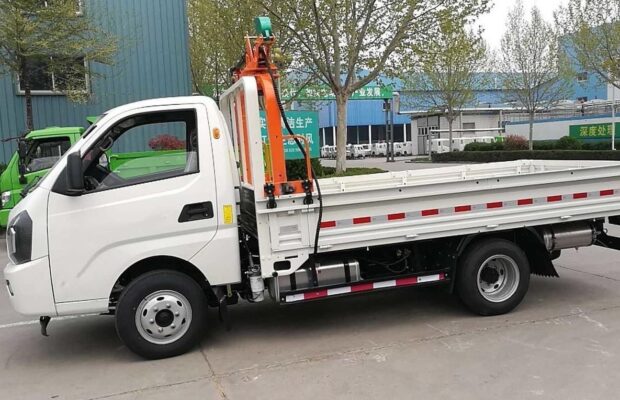Creating and managing a comprehensive safety technology archive for lifting machinery is crucial for ensuring that these devices operate safely and efficiently. This involves adhering to regulations such as the “Regulations on the Safety Supervision of Special Equipment” and implementing a sound management system that enhances equipment utilization, optimization, နှင့်ထိန်းသိမ်းမှု. A well-structured lifting machinery management system generally encompasses safety technology archives, safety management protocols, emergency response measures, and rescue plans.
Establishing Safety Technology Archives
Organizations utilizing lifting machinery must develop thorough safety technology archives. These archives are essential for complying with relevant safety regulations and ensuring the long-term operational integrity of the equipment. The archives typically comprise the following components:
-
Design and Certification Documentation: This includes the design files, manufacturer details, product certification, and installation technical documents. Maintaining these records ensures that all machinery meets the necessary safety and performance standards from the outset.
-
Inspection and Certification Records: Documented evidence from special equipment inspection bodies, including supervision certificates, acceptance inspection reports, and periodic inspection records, are crucial. These records verify that the machinery has passed all required safety checks and remains compliant with safety standards over time.
-
Operational Status Logs: Regularly updated records of the machinery’s daily operational status help track performance and identify potential issues before they escalate into significant problems. These logs are vital for maintaining a clear history of machinery usage and maintenance.
-
Maintenance and Calibration Records: Documentation of the maintenance and testing of safety accessories, protective devices, measuring and control devices, and related instruments is necessary. These records ensure that all components are functioning correctly and safely.
-
Fault and Incident Logs: Detailed records of any operational faults or incidents provide insights into potential weaknesses in machinery operations or safety protocols. These logs are essential for continuous improvement and risk management.
-
Energy Consumption and Efficiency Records: Monitoring the energy consumption of lifting machinery and documenting any energy-saving retrofits or upgrades can lead to more sustainable operations and identify opportunities for cost savings.
Implementing a Safety Management System
A robust safety management system is vital for the safe operation of lifting machinery, providing a framework for both operators and managers to follow. The system should include the following elements:
-
Emergency Response Procedures: Clearly defined emergency procedures for lifting machinery accidents are crucial for minimizing harm and damage in the event of an incident. These procedures should be regularly reviewed and practiced to ensure readiness.
-
Roles and Responsibilities: Establishing a clear division of responsibilities between functional management departments and operators is essential. This includes defining job roles, responsibilities, and accountability to ensure that all personnel understand their duties.
-
Safety Operation Protocols: Detailed safety operation protocols provide operators with guidelines on how to safely and effectively use the machinery. These protocols should be regularly updated to reflect new technologies or changes in operational requirements.
-
Inspection and Maintenance Schedules: Regular and systematic inspections, as well as maintenance routines, are vital for ensuring machinery safety and longevity. Establishing a routine schedule for these activities helps prevent unexpected failures and extends the equipment’s lifespan.
-
Training and Evaluation Programs: Comprehensive training programs for management, operation, and maintenance personnel are critical. These programs should focus on safety, operational efficiency, and technical competence, with regular assessments to ensure ongoing proficiency.
-
Management of Safety Technology Archives: A dedicated management procedure for the safety technology archives ensures that all documentation is maintained correctly and is easily accessible for reference or audit purposes.
Enhancing Safety and Operational Efficiency
Beyond the establishment of archives and management systems, several additional measures can enhance safety and operational efficiency:
-
Regular Audits and Reviews: Conducting regular audits of safety procedures and equipment performance ensures compliance with safety regulations and identifies areas for improvement. These audits can help pinpoint inefficiencies or potential hazards before they become critical issues.
-
Integration of Technology: Leveraging modern technology, such as IoT sensors and data analytics, can provide real-time insights into machinery performance and safety. This integration enables proactive maintenance and quicker response times to potential issues.
-
Collaborative Safety Culture: Fostering a safety-first culture within the organization encourages all personnel to prioritize safety in their daily operations. This culture can be reinforced through regular communication, safety meetings, and recognition of safe practices.
-
Sustainability Initiatives: Implementing sustainability initiatives, such as energy-efficient machinery or eco-friendly operational practices, can reduce the environmental impact of lifting operations and contribute to broader organizational sustainability goals.
By establishing comprehensive safety technology archives and implementing a robust management system, organizations can ensure the safe and efficient operation of lifting machinery. These efforts not only enhance safety but also improve operational efficiency and sustainability, ultimately contributing to the success and reputation of the organization.












